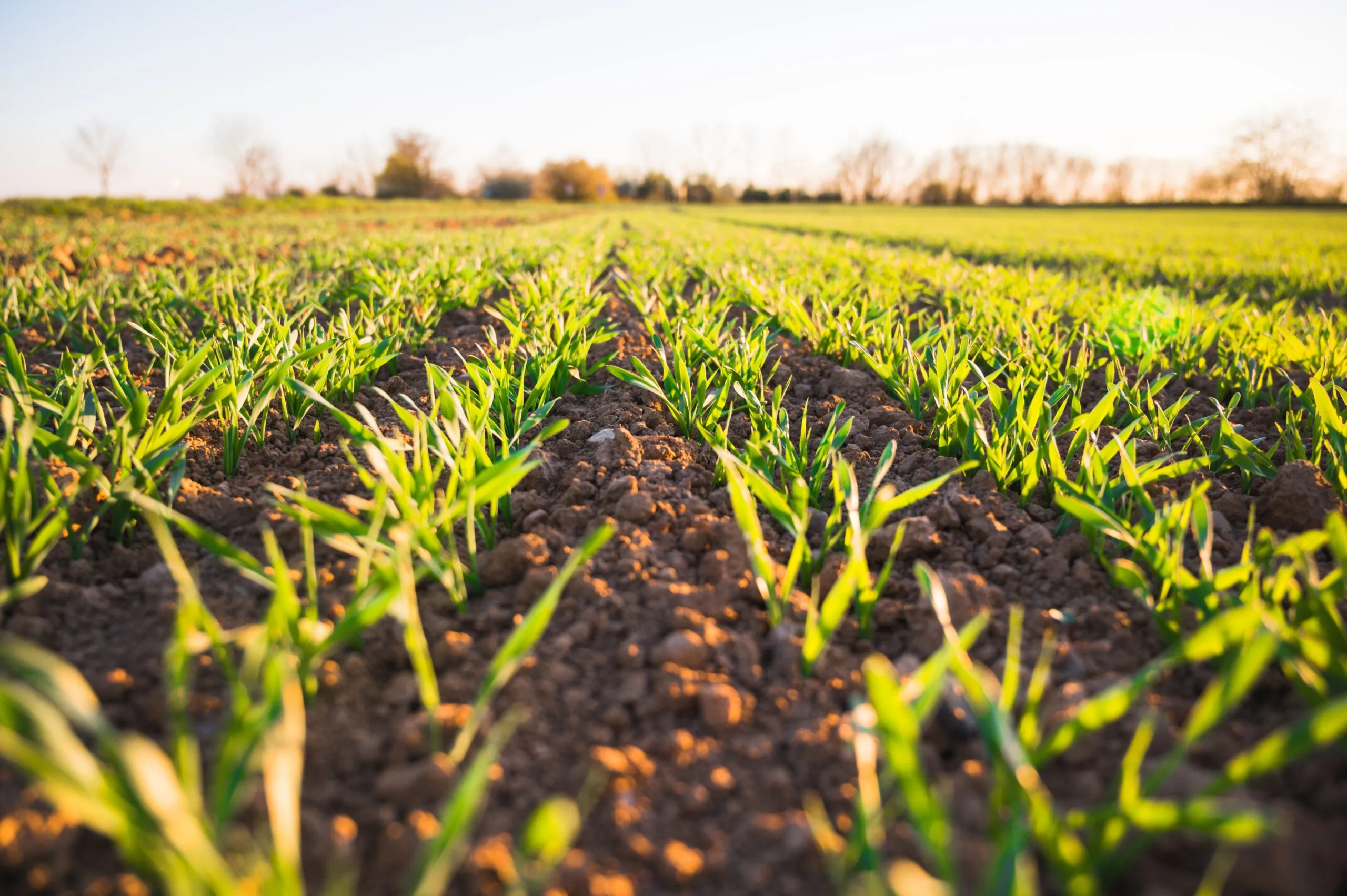Mohave County was one of the original four Arizona counties created by the First Territorial Legislature in 1864. The county includes 8,486,400 acres, making it the second largest county in Arizona. The county is generally sparsely settled with only 55,865 people in the 1980 census and 93,497 in 1990. Most of the county is owned by the U.S. Bureau of Land Management. The county includes part or all of three Indian Reservations: Hualapai, Kaibab-Paiute, and Fort Mohave. Other federal lands within the county boundaries include Grand Canyon National Park, Pipe Spring National Monument, Bill Williams National Wildlife Refuge, Havasu National Wildlife Refuge, Lake Mead National Recreation Area, and Kaibab National Forest. Lake Havasu State Park and Hualapai Mountain County Park are other government-owned parks in the county.
The climate of Mohave County is highly varied. Elevations range from a mere 482 feet above sea level at Lake Havasu City to 8,417 foot Hualapai Peak southeast of Kingman. The entire county is quite dry with some areas receiving less than 10 inches of annual precipitation. Temperatures in January in the higher mountains average near freezing while the average July temperatures in the southwestern portion of the county are above 90 degrees.
Long before Arizona was a state, and before there was a United States, agriculture thrived in the region. Agriculture’s history in the Grand Canyon State stretches back more than 4,000 years. Archaeological records show indigenous people growing gardens to sustain their families. When explorers traveled through the state in the early 19th century, they found people growing corn, wheat, barley and raising cattle. They also found one of the most amazing irrigation systems, one that is still used today. The Hohokam people built the canals to move water from the Gila and Salt Rivers to their fields. The canals were engineered to move the water at the correct speed to maintain the flow, without clogging the canals with silt and debris. Since then, producers have found the diversity of Arizona’s climate and soil supports hundreds of food crops, beautiful landscape plants, poultry, swine and cattle for meat and dairy.
Arizona agriculture, including Mohave agriculture exports vegetables, fruit, nuts, seeds, wheat, hay, cotton, eggs, beef and milk to 70 countries and across the U.S. Today, agriculture in Arizona, including Mohave agriculture contributes more than $23.3 billion to the state’s economy. One study puts the number of jobs supported by agriculture at approximately 138,000, and the number of workers employed at 162,000.
– Natalie Chabanova











